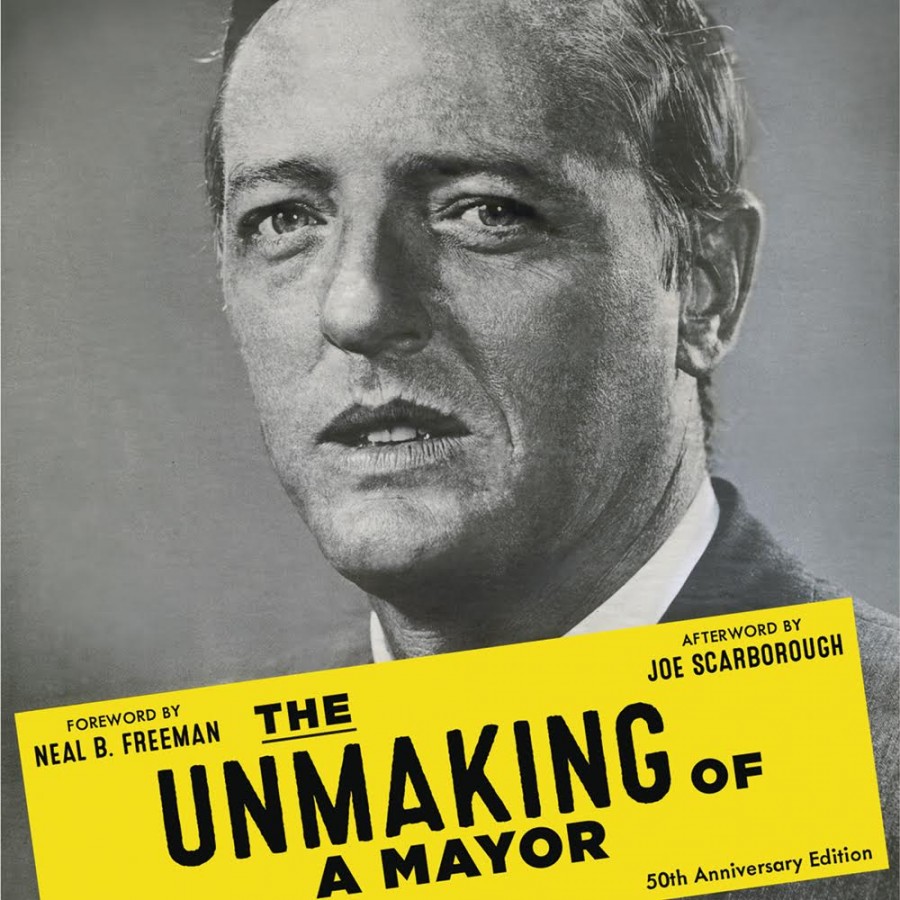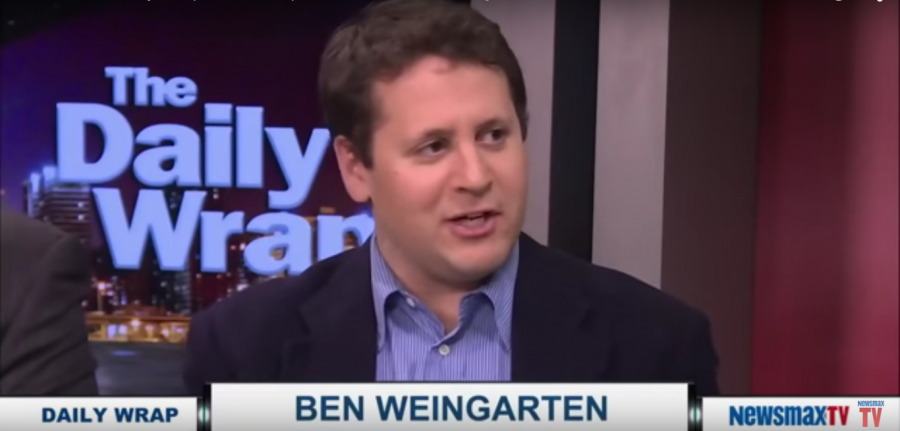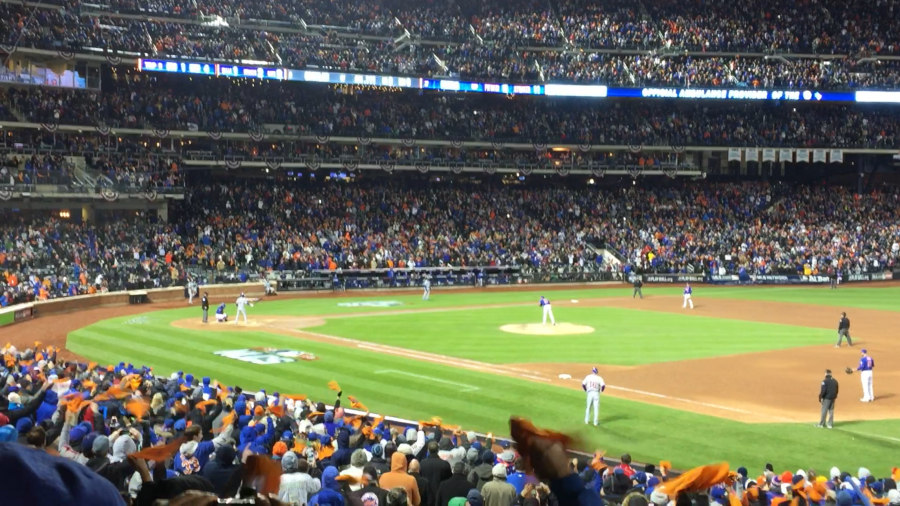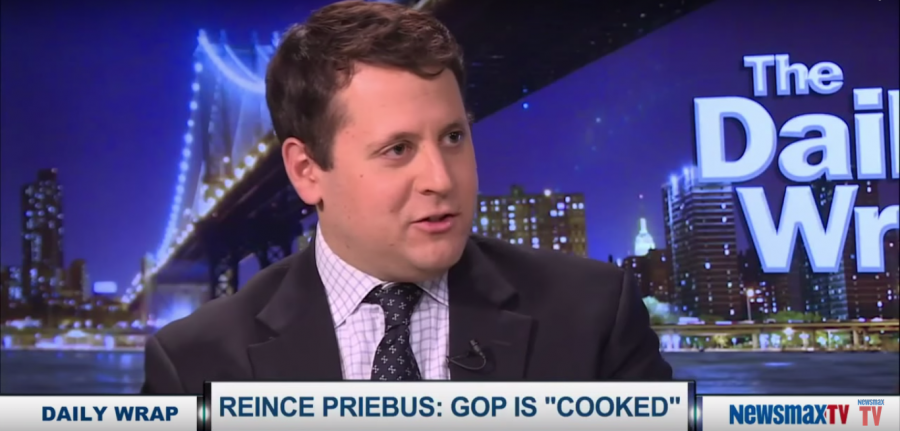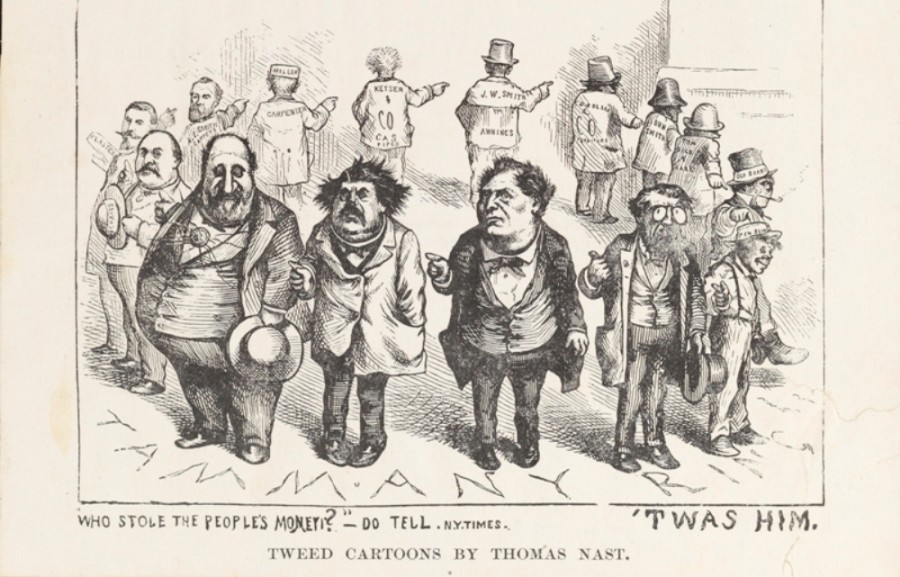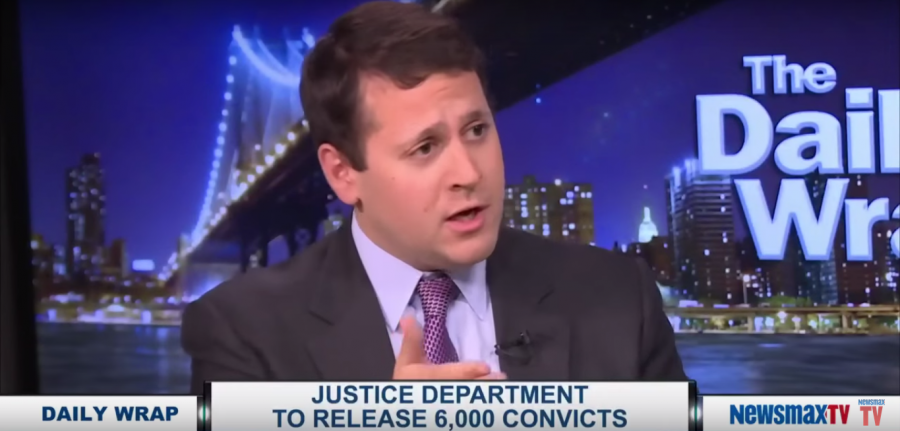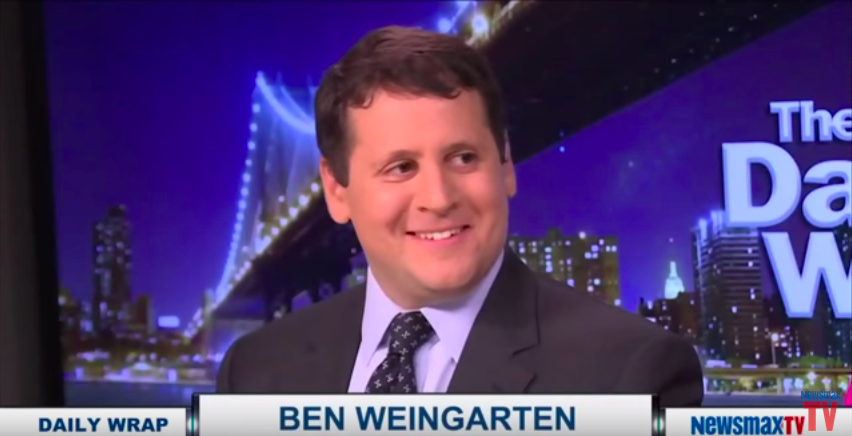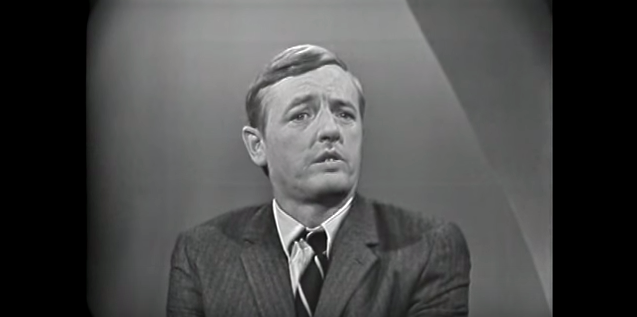I was honored and privileged that National Review invited me to write an article about my beloved pennant-winning New York Mets for my debut in that seminal publication.
Below is a representative sample from my paean to the Amazin’ Metropolitans:
The fates of the Mets and of America were joined, embodied in the Mets’ new ballpark, Citi Field, which opened in 2009. This characterless McMansion of a stadium — largely devoid of defining Mets-ness, save for a steroid-injected apple — was so titled thanks to a naming-rights deal effectively underwritten by the taxpayer. Like much of America’s housing stock, the Mets’ home, Citi Field would remain largely uninhabited during miserable years to come. The edifice literally rusted before it even saw its first game.
As the American economy slogged along, so too did the Mets, who found creative ways to fail en route to six straight losing seasons. Supposedly minor injuries festered and led to lost years. Management claimed it had funds to acquire talent, while continuously cutting back. The Mets’ debt ballooned as it serviced existing debt.
Early in 2015, the team’s imprudent and miserly majority owner was named the head of Major League Baseball’s Finance Committee. Was “failing upward,” as in politics, a new rule in MLB?
Then, just in time for Opening Day, Steve Kettmann’s book Baseball Maverick: How Sandy Alderson Revolutionized Baseball and Revived the Mets was published. How could anyone have the temerity to argue that the Mets’ general manager, who had not overseen a single winning Mets team, had revived the Metropolitans?
Demoralized, some Mets fans even put up billboards above the chop shops near Citi Field, urging the Mets’ owners to sell the team.
Read More


